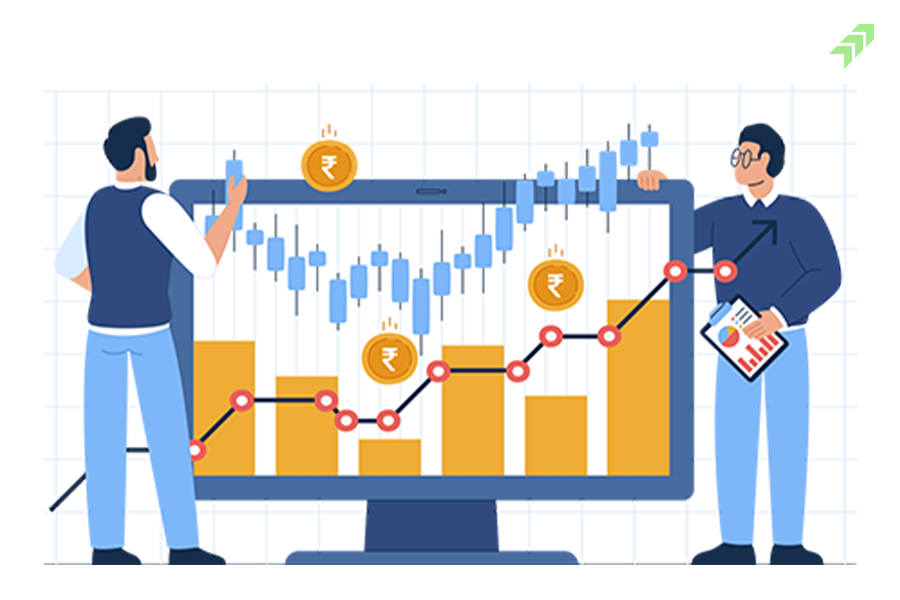As reported by the National Statistical Office (NSO), India's Gross Domestic Product (GDP) experienced a 7.8 percent expansion during the first quarter of FY24, driven by high private consumption and investment but lower than RBI estimates of 8% and most of the economists, who estimated more than 8% growth. Investments and private consumption expenditure posted growth rates of 8% and 6% in first FY24.
According to Chief Economic Adviser Dr. Nageswaran, India's economy's Q1 growth resulted due to a boost in capital expenditure at the central and State levels, along with stronger consumption demand, especially in rural areas, and improved service sector performance. He highlighted the most crucial point and goes on by saying that the biggest positive is that private sector capital formation is well underway. He further stressed that the new investment projects announced by the Private Sector have been the highest in 14 years. New investment projects announced by private players have been rising year on year. The private sector is poised to contribute to stronger investment growth following strengthening corporate and bank balance sheets, supported by the Government's Capex push. The Union Government's Capital expenditure in April–July of FY24 grew by 52 percent (YoY), and the State's capital expenditure jumped by 74.3 percent in Q1 of FY24. The Government is rationalizing expenditure and improving the quality of spending. Revenue Expenditure to Capital Expenditure Ratio has been falling after COVID; the ratio has come down from a high of 8.4 in FY2021 to the latest of 3.8.
Investment activity continued its healthy momentum; however, the economic steam is expected to cool down gradually. The main reason behind it is high inflation. According to the report, the urban segment which contributes to major part of GDP has been most affected by the high inflation, which, if it persists, will dent citizens' spending power. Headwinds from slowing neighboring countries (China) and sluggish west growth, double-dosed with the effect of monetary policy interest rate hikes, will start to show its effects in the economy. Uneven rainfall and below-level water reservoirs can pose another challenge to the rural demand graph. The CEA said food inflation is likely to subside with the arrival of fresh stock and government measures. However, the impact of deficient rains in August is to be watched. Rising crude prices may warrant attention, and prolonged geopolitical uncertainty and likely tighter financial conditions can pose a risk to growth.
The PMI manufacturing index has been rising after touching year-lows in February. The latest release of August S&P Global India Manufacturing Purchasing Managers' Index (PMI) showed a robust improvement in manufacturing sector conditions across India on the back of new orders and an increase in output. The manufacturing PMI rose to 58.6 in August from 57.7 in July.
High-frequency indicators of consumption show mixed results, with some variables like steel consumption and three-wheeler sales showing robust growth. In contrast, others, like two-wheeler and tractor sales, remain muted. Passenger vehicle sales have seen growth, but not in a sustained manner. Eight Core Industries (ICI), which comprises 40.27 percent of the weight of items included in the Index of Industrial Production (IIP), grew by 8 percent on an annual basis in July after hitting a five-month high of 8.3 percent in June, according to the data published by the ministry. The cumulative growth rate of ICI from April to July 2023–24 was reported at 6.4 percent (provisional) as compared to the corresponding period of last year. The continued robust performance of the core sector industries in July was down to three sectors: coal, natural gas, and steel. Coal output rose 14.9 percent year-on-year in July, while natural gas production grew at more than twice the rate in June – 8.9 percent. Steel production growth was double-digit, coming in at 13.5 percent. These three sectors account for over 35 percent of the combined index of eight core industries.
The GDP growth figures for the ongoing July–September quarter will be released on November 30.


















No comment yet, add your voice below!